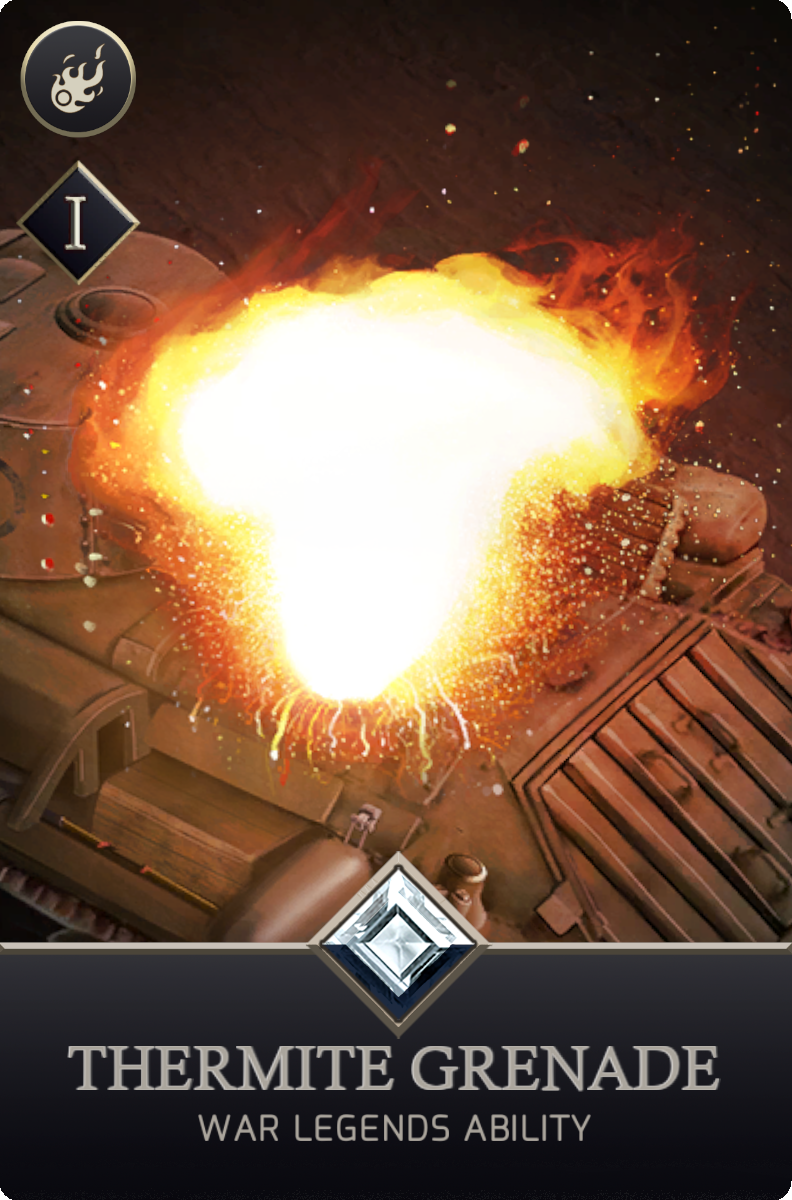


Ability Background
Formulated by the German chemist Hans Goldschmind in 1893 with the aim of creating very pure metal alloys without having to resort to the use of carbon, he would soon discover a vein because the chemical reaction named Goldschmind was useful for welding and came to solve a problem. of the metallurgical industry because before its invention the railway tracks were long segments that had to be joined to each other by means of bolts, this caused unwanted vibrations and damage to the railway wheels, thanks to the termite these segments began to be joined by welding, thanks to the heat generated by its exothermic reaction.
Unfortunately, it would not take long to discover that thermite was ideal as an incendiary weapon, being used very frequently by the air forces (Luftwaffe) against the British, since it is a chemical reaction that is impossible to stop with water.
Due to its high piercing power, the termite has been used to manufacture specialized devices for opening doors and very useful hand grenades that are used by the army and the police, in civilian life it is still used for welding sections of track and is used for the manufacture of pyrotechnics.
Thermite is a reactant mixture although it is considered a relatively safe substance since it needs a temperature of about 1500ºC to be detonated,
It is made up of a certain amount of aluminum powder and iron oxide. Additional ingredients are sometimes added to this mixture, producing variants such as magnesium thermite with magnesium oxide, chromic thermite (with chromium oxide), cupric thermite (with copper oxide).
Going back in history we know of a precedent for the termite used as a weapon, this precedent would be Greek fire, created in the VI based on said formula in an incendiary substance used by the Byzantine Empire being widely used by the Crusaders as a naval weapon in the thirteenth century .
The characteristics of the Greek fire was similar to that of the termite because, like the termite, the Greek fire is fueled underwater, being really destructive for ships and enemy machinery that, being unable to put out the fire, simply had to abandon the ship.
The formula of the Greek fire was jealously guarded for centuries and even today it is unknown for sure what the formula is, although historians and chemists conjecture that the Greek fire was composed of quicklime, fermented urine and oil.








